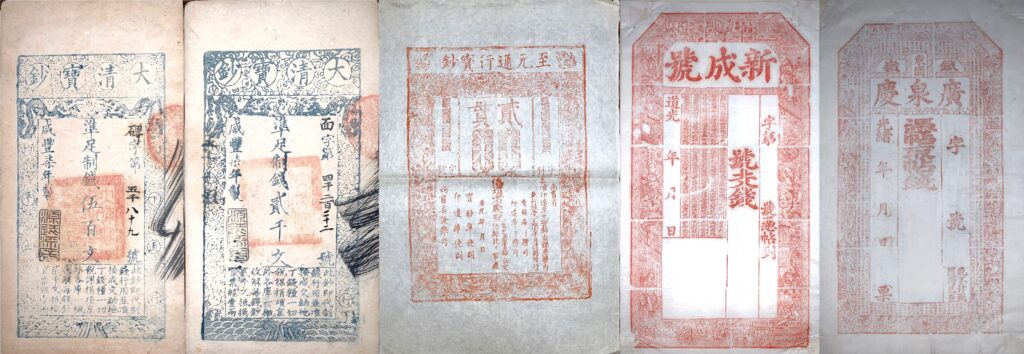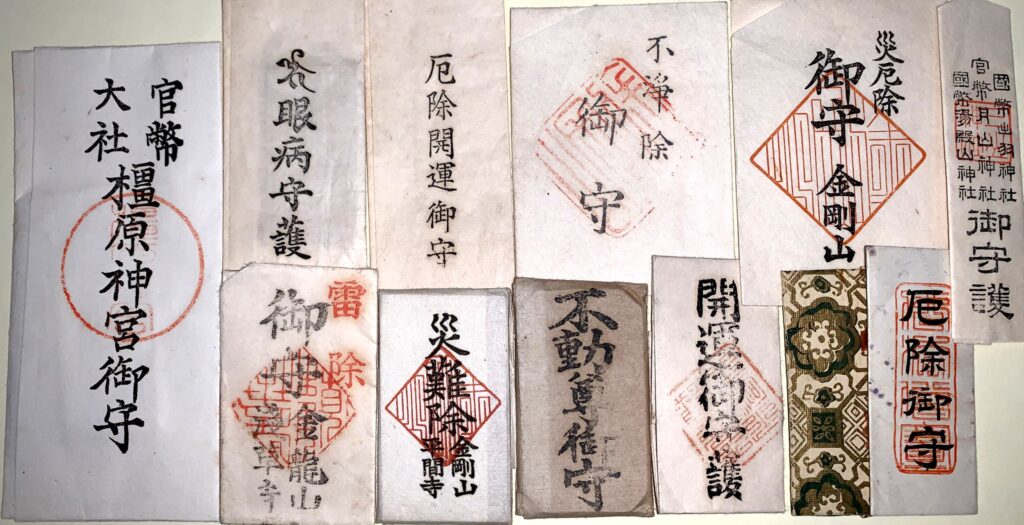This week I processed one of two boxes of Ch’en Shou-yi’s personal collections. I must admit that Ch’en’s historical collections in these two boxes should be the most interesting visual items during my processing work. In addition to offprints, notebooks, newspaper clippings, or magazine excerpts, materials from Ch’en’s personal collections, both textual or non-textual, provided visual evidence reflecting Ch’en’s scholarly and research interest.
The box I processed contained two categories. One category included textual materials on Chinese literature, history, and culture. The other category included textual and non-textual materials on Japanese art and religion. For the Chinese collections, I would like to introduce the wood block printed book on Yuan drama, which were popular in the Yuan Dynasty. The Yuan drama in Ch’en’s collection focus on plots and topics such as ancient warrior and generals’ bravery, ancient intellectuals’ romantic love, and the loyalty between emperors and their followers.
Some history such as the brotherhood and comradeship between Liu Bei (劉備, 161-223 AD), the founding emperor of the Shu Han (蜀漢, 221-263 AD) Kingdom, and his generals, Guan Yu (關羽, ?-220 AD) and Zhang Fei (張飛, ?-221 AD), were adapted into various Chinese art forms due to the dramatic and legendary ending. Novels, paintings, manga, and even video games often chose this history to show that historical era. The Yuan drama in Ch’en’s collection I highlight below is titled “Yuan drama on Guan Yu’s bravery during a diplomatic mission,” and included two episodes that provide a good way to understand this Chinese cultural icon.
In addition, ancient Chinese bank notes and imperial currency are also attractive because they are symbols of ancient Chinese finance. Although Ch’en himself did not specialize in the history of Chinese economics, he taught excellent students who contributed to this field such as the historian Han-Sheng Chuan (全漢昇). The bank notes and currency bills in Ch’en’s collection might help readers to understand the development of financial industry in ancient China.


dynasty imperial currency; Right: Two commercial bank bills
As for Japanese collections, Ch’en collected a lot of religious items from Buddhist temples and Shinto shrines. Buddhism and Shinto were traditional Japanese religions, and Japanese people would often visit temples and shrines to pray for charms. The wooden and paper charms in this box were from different temples and shrines in Japan, and they recorded people’s wishes for various things such as traffic safety, fortune, family health, and peace and prosperity. In addition, this collection included other related religious items such as Suzunoo (鈴緒), a Japanese bell belt on cloth used for Shinto rituals. Ch’en also collected a lot of postcards and photos on Chinese and Japanese religious culture, and I will introduce these in the future.

charms from Shinto shrines
